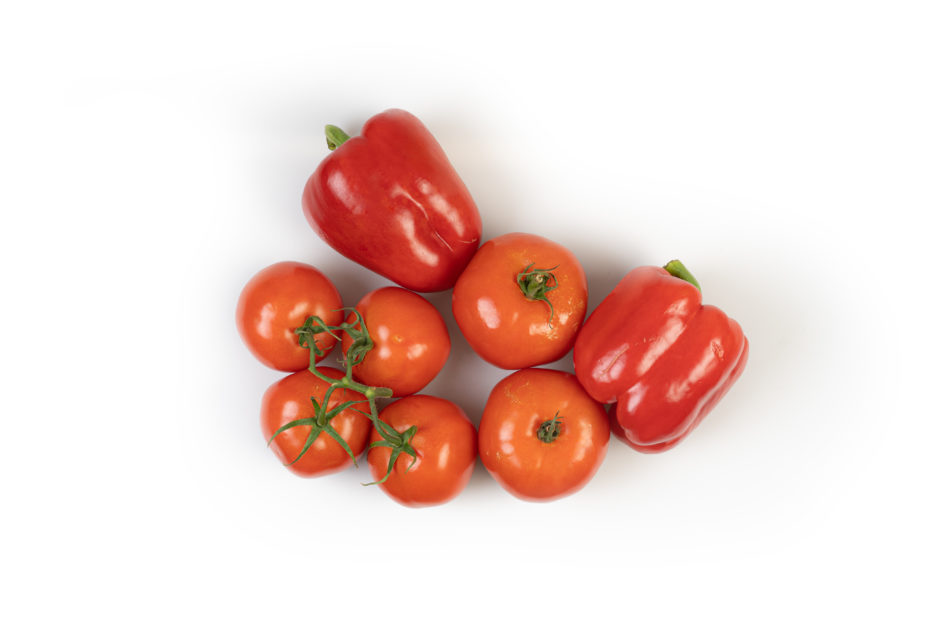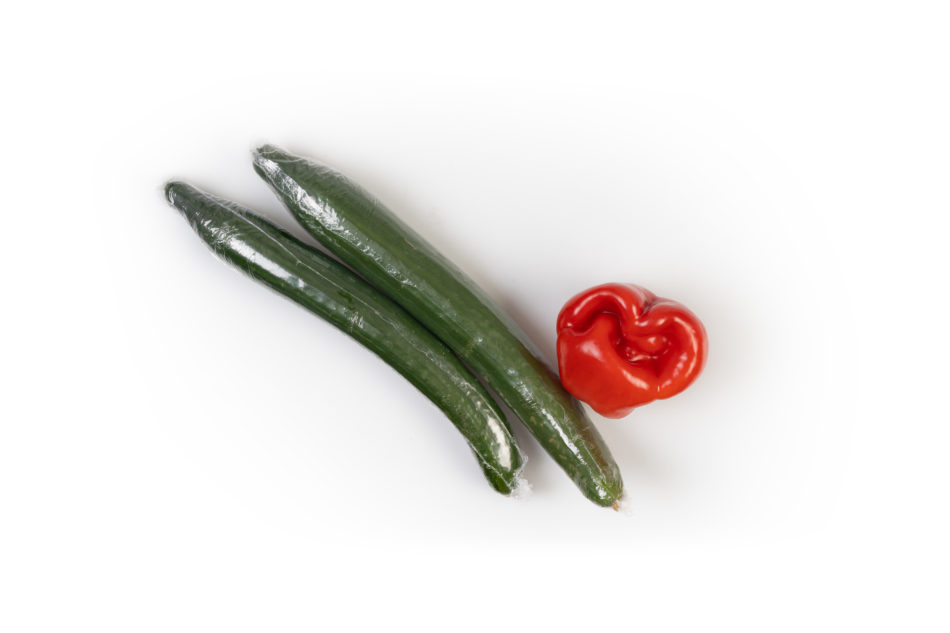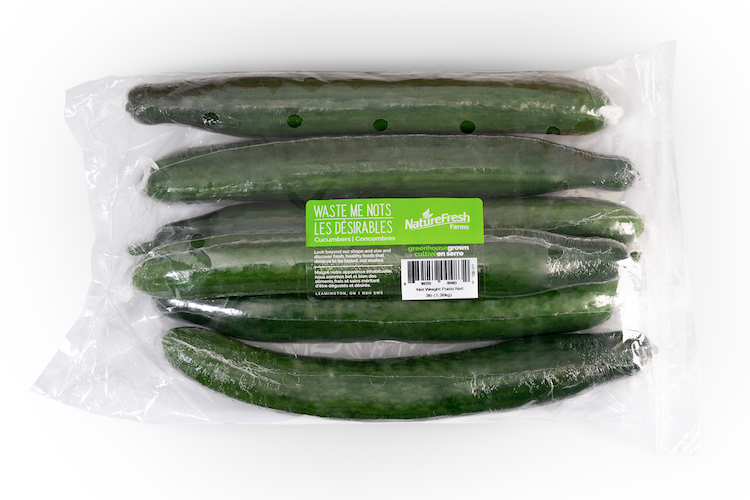Putting Imperfect Produce to Good Use
Have you ever returned a Bell Pepper or Tomato to the shelf after discovering a slight imperfection? Sure, you have! We are all guilty of seeking out perfection.
At Nature Fresh Farms, we grow our produce to look and taste the best it can be. And while we do feel our beautiful Tomatoes, Bell Peppers, and Cucumbers would look as at home in an art gallery as they would on your plate, our goal is to grow food that is healthy and delicious.
There are so many factors that impact a plant’s growth, making it difficult to achieve a perfect look 100 percent of the time. Small imperfections like little blemishes, scarring, and odd shapes are surface-level flaws that do not affect the quality or flavor of the product.
While most of our imperfect products don’t make it to your local grocery stores, we do our best to find homes where they can still be enjoyed. With that in mind, we thought it would be fun to take a closer look at our imperfect produce where it goes after harvest.
The Greenhouse Advantage
When weeding out imperfections, we are already at an advantage by growing in a greenhouse, due to the controlled environment it provides. By limiting external factors such as wind, sun, and rain we experience a smaller percentage of damaged crops compared to other forms of growing. In the greenhouse, environmental factors are monitored and adjusted to perfectly meet the needs of our plants.
Scarring

Scarring is a completely natural factor that occurs on the external surface or skin of the vegetable.
In outdoor circumstances, fruits and vegetables are exposed to the wind which can cause rubbing among the leaves and stems of the crops. Although we can limit wind as a variable in the greenhouse, the friction that causes scarring can occur from mechanical causes like the scissor cutting machines we use to clip your favorite foods.
When producing such a high volume of food, it is natural that some may get nicked up in the process. But fortunately for the shopper, anything that makes it shelves has not had its quality affected in the slightest.
Shape

Admittedly, there is something satisfying about finding a beautiful Tomato, straight Cucumber, or perfect Bell Pepper. Sure, the symmetry in these items may satisfy your eye in the store, but when sliced up into a recipe they will delight your tastebuds and belly equally as much as a veggie that is a little freer in spirit.
The shape of our produce depends on a variety of common factors such as pollination or how closely other crops grow in relation to it. These factors leave a small percentage of our crops with no other choice but to grow to the beat of their own drum.
Color
Sometimes after harvest, vegetables remain yellowish or orange. This happens when they fail to ripen or simply didn’t color properly. Improper coloring appears in the form of small blotches that often appear if a leaf or something minor touches the crop as it grows. Small blotches, like scarring are completely benign and in no way affect the flavor of your fruit.
A Second Chance
Naturally, some items might be too misshapen or scarred to make it to shelves. But that does not mean they need to go to waste! At Nature Fresh Farms, we have instituted several programs to ensure as much produce as possible is used to feed those who need it.
Donation Programs
As Growers, we feel a responsibility to feed all our communities, especially those who need a little help. This is why every week we make donations of fresh produce items that don’t meet retail size or shape requirements to our local food rescue partners.
In 2020 alone, we donated 618,000 lbs. of produce and are constantly seeking new ways to reduce food waste and help those in need.
Waste-Me-Nots
Everyone deserves a second chance which is why we introduced Waste-Me-Nots for our Tomatoes, Peppers, and Cucumbers that deserve an extra chance.
Our Waste-Me-Nots are sold at cost-effective rates to help bring the focus back to the taste and freshness rather than just looks. Learn more about the program here!

A Fresh Perspective
As we to strive for a more sustainable world we are committed to finding homes for our crops that might not meet our traditional standards of beauty. At the end of the day, the most important thing is that our food is fresh, flavorful, and nutritious!



